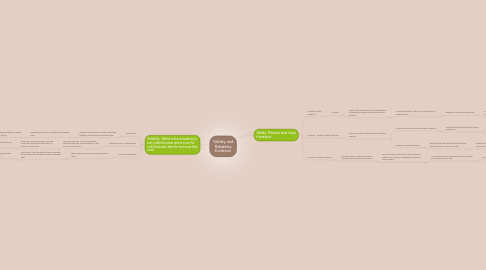
1. Reliability: Refers to the consistency a test yields the same rank or score for individuals who take the test more than once
1.1. Test-Retest
1.1.1. The test is given twice and the correlation between the two scores is determined.
1.1.1.1. Variables are memory or experience between tests.
1.1.1.1.1. The longer the interval between tests, the lower the reliability coefficient will be.
1.2. Alternative form or Equivalence
1.2.1. Two equivalent forms of a test used to obtain an estimate of the reliability of the scores from the test.
1.2.1.1. Both forms are administered, and the correlation between the two sets of scores is determined.
1.2.1.1.1. Two equivalent forms of the test must be available
1.3. Internal Consistency
1.3.1. Items in the test should correlate with each other.
1.3.1.1. Split halves- Split the test into two equivalent halves and determine the correlation between them.
1.3.1.1.1. Only appropiate when items of varying difficulty are spread randomly across the test.\
2. Validity: Measures what it says it measures.
2.1. Content Validity Evidence
2.1.1. Simplest
2.1.1.1. Inspect test questions to see whether they correspond to what should be covered by the test.
2.1.1.1.1. Ok for achievment, difficult for personality or aptitude tests.
2.2. Criterion - Related Validity Evidence
2.2.1. Scores from test correlate with an external criterion.
2.2.1.1. Concurrent Criterion-related validity evidence
2.2.1.1.1. Yields a numeric value called a validity coefficient
2.2.1.2. Predictive Validity Evidence
2.2.1.2.1. Refers to how well the test predicts some future behavior of the examinees.
2.3. Construct Validity evidence
2.3.1. Its relationship to other information corresponds well with some theory
2.3.1.1. Any information that lets you know whether results from the test correspond to what you would expect.
2.3.1.1.1. No accepted decond measure available of what is trying to be measured.
